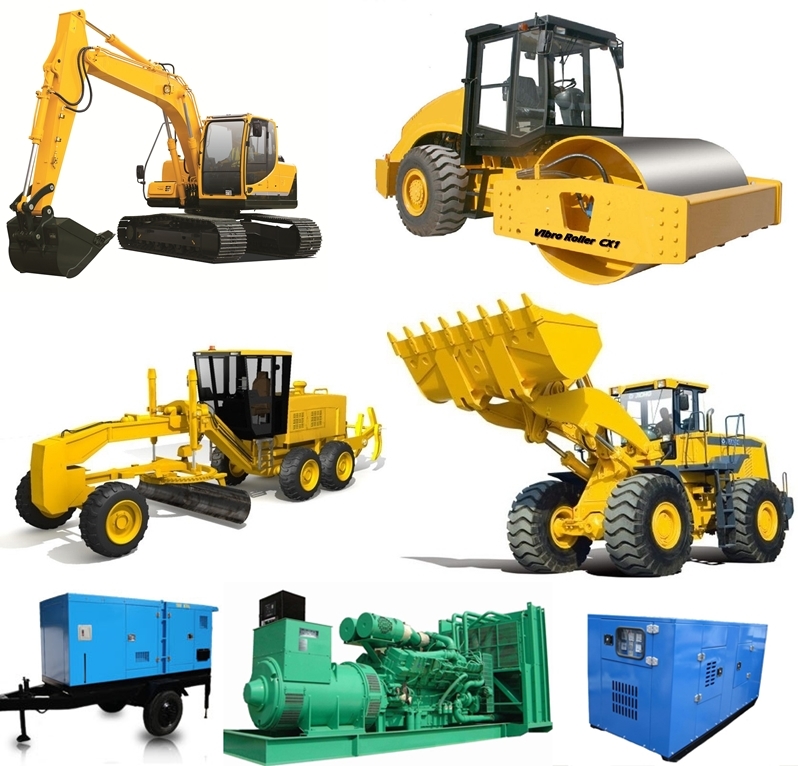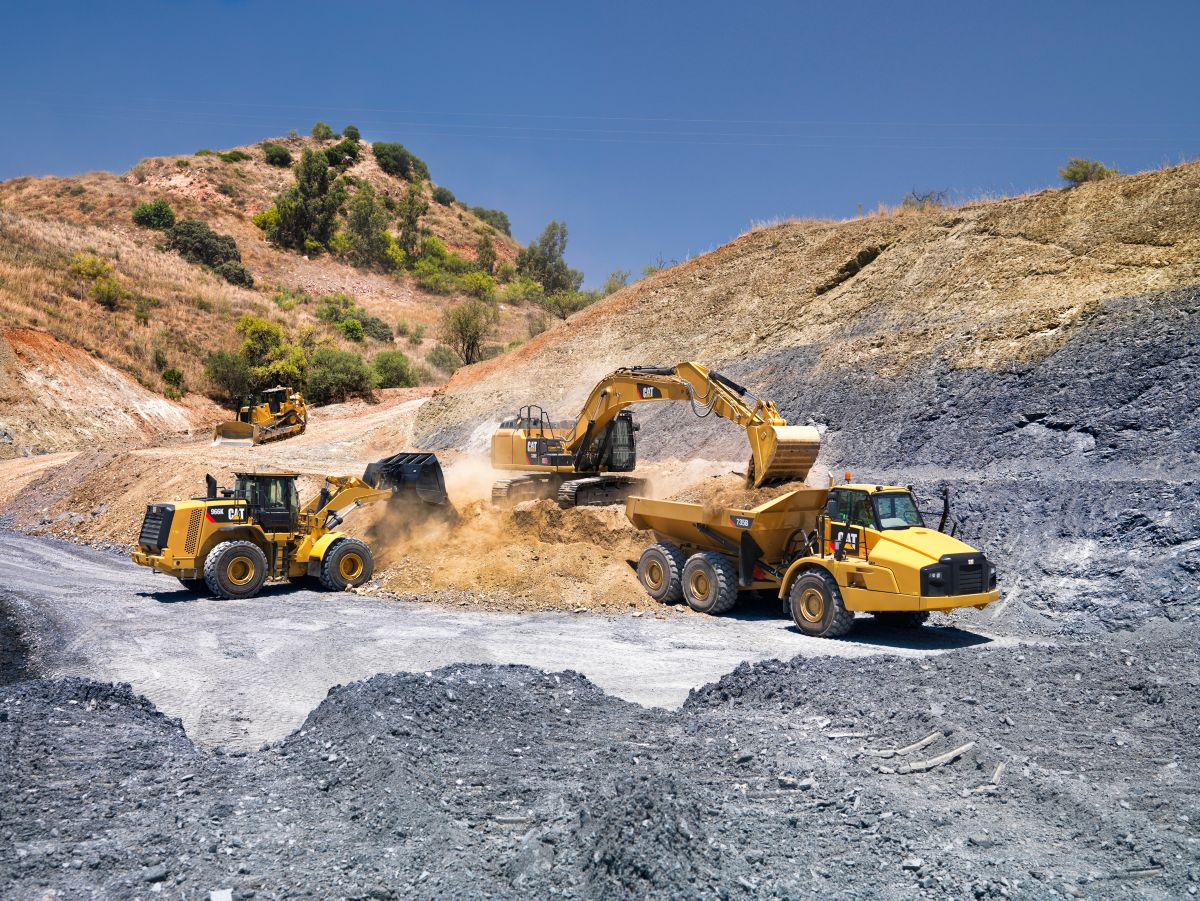Forklift Rental: Heavy Training Equipment for Warehousing and A lot more
Forklift Rental: Heavy Training Equipment for Warehousing and A lot more
Blog Article
Maximize Your Budget by Comprehending the Prices Related To Building Tools Rentals
Understanding the full range of prices associated with building devices rentals is essential for maximizing your spending plan. While the preliminary rental cost might appear uncomplicated, many additional costs-- such as transport, gas surcharges, and maintenance-- can rapidly build up, influencing your financial preparation. Being mindful of numerous fees and the complexities of rental arrangements can help prevent unanticipated financial problems. What approaches can be used to effectively handle these expenses and ensure an extra effective rental experience?
Review of Rental Prices
When taking into consideration building tools leasings, understanding the linked costs is paramount for reliable budgeting and job preparation. Rental expenses can vary substantially based on a number of variables, including devices type, duration of rental, and place. The initial rental fee commonly shows the equipment's market need and its linked operational abilities, influencing the total cost.
Along with the base rental price, ancillary prices might develop, such as transport fees, gas surcharges, and maintenance costs. It is necessary to account for these added costs to properly examine the total expense of leasing equipment. Furthermore, the rental duration can impact prices; longer leasings might get discounted prices, while short-term rentals could sustain greater daily charges.

Breakdown of Rental Rates
A detailed understanding of rental rates is important for professionals and job managers intending to maximize their budgets. Rental prices for building tools generally include a number of elements, consisting of base prices, time-based charges, and usage charges.
Base prices are the core costs related to the leasing of the tools, commonly established by the kind and size of the machinery. These rates can vary considerably, affected by variables such as equipment demand, schedule, and local market trends. Time-based charges, which might be daily, weekly, or monthly, offer to accommodate different job timelines and rental durations.
Furthermore, rental prices may consist of use costs, which apply when devices is made use of beyond a specified limit, guaranteeing that the rental business can account for damage. Seasonal need variations can likewise affect rental prices, with peak building periods usually regulating higher rates.
Furthermore, understanding the rental firm's plans concerning upkeep and insurance coverage can supply further insight right into the overall cost framework. By assessing these components, specialists can make informed choices, making sure the choice of rental equipment lines up with both job needs and spending plan restraints.
Added Costs to Think About
Understanding the details of additional charges is critical for service providers to manage their total service costs effectively. Beyond the standard rental rates, numerous auxiliary fees can significantly impact the complete cost of tools leasing. These costs often consist of delivery and pick-up fees, which can differ based upon range and logistics associated with transporting the equipment to and from the work website.
Additionally, some rental companies might enforce gas additional charges if the devices is returned with less gas than when rented out. It is additionally necessary to understand possible cleansing costs, especially for specific equipment that calls for detailed upkeep after use.

Thoroughly examining the rental agreement and clarifying these additional costs upfront can help service providers avoid unforeseen costs and make certain that budget plans remain undamaged throughout the task lifecycle.
Upkeep and Repair Work Expenses
Normal maintenance published here and repair work costs are usually ignored aspects that can substantially influence the total cost of building and construction equipment rentals. When renting tools, it is critical to take into consideration not only the rental charges however also the potential costs linked with maintaining the equipment in optimal operating problem.
Several rental business consist of basic maintenance as part of the rental agreement; nevertheless, much more substantial fixings or unexpected break downs can bring about additional expenses. It's essential to evaluate the rental contract carefully to understand what maintenance solutions are covered and what obligations fall on the tenant.
Additionally, devices that is not properly maintained can bring about inefficiencies on duty website, potentially creating hold-ups and raising task costs. To reduce these risks, it is advisable to perform normal examinations and keep open interaction with the rental copyright pertaining to any problems that arise during use.
Insurance Policy and Liability Prices
Insurance coverage and liability prices are vital components that can dramatically influence the general expense of construction equipment rentals (aerial lift rental). These costs make certain that both the rental business and the customer are secured from possible economic losses arising see this here from accidents, damages, or burglary during the rental duration

Additionally, customers ought to recognize any type of deductibles or exclusions in the insurance coverage, as these can influence prospective out-of-pocket expenses. Comprehending the conditions of any type of insurance policy protection is important to prevent unexpected costs. Eventually, budgeting for insurance policy and liability costs can assist guarantee a smoother rental experience and secure versus economic dangers related to building and construction terramite backhoe tasks.
Verdict
In conclusion, an extensive understanding of the expenses linked with building and construction tools leasings is necessary for efficient spending plan administration. Eventually, educated decision-making pertaining to devices rentals contributes to the total success of building and construction ventures.
Rental costs can vary dramatically based on a number of aspects, including tools kind, period of service, and place (mini excavator rental). The rental duration can influence rates; longer rentals might certify for reduced prices, while temporary rentals could incur greater everyday fees
By conducting extensive research study and engaging with reputable rental firms, specialists can properly browse the intricacies of rental prices, ultimately maximizing their monetary sources.
Beyond the basic rental rates, numerous supplemental charges can considerably influence the overall cost of equipment service. Rental firms often provide responsibility insurance coverage that covers injuries to third events or damages to building, while equipment damages insurance can cover the expense of repair services or replacement if the rented equipment is harmed.
Report this page